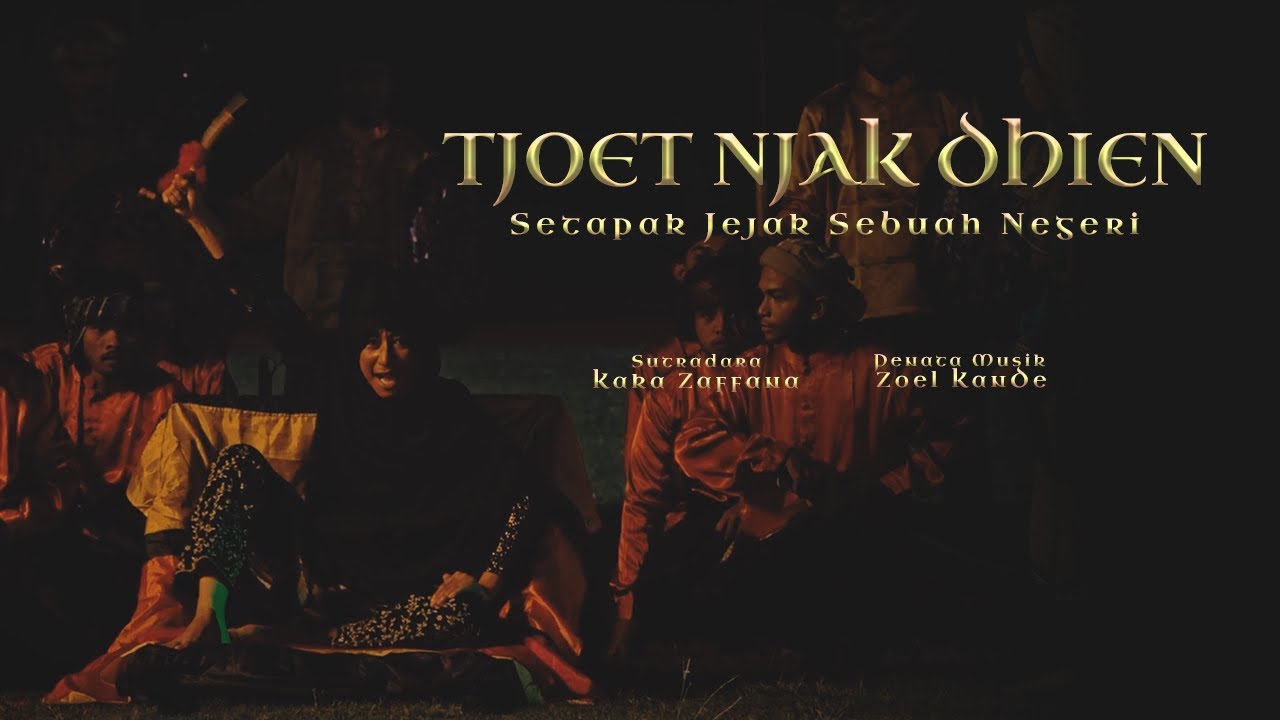JUARA 1 BACA PUISI PUTRI PEKSIMINAS 2020
Summary
TLDRThe transcript reflects a powerful narrative about struggle, identity, and resilience. It evokes themes of resistance and perseverance in the face of oppression, drawing upon symbolic imagery like bloodstained jackets and banners. It alludes to the socio-political landscape of Jakarta, highlighting the contrast between freedom and repression. Through references to people, everyday scenes, and powerful statements, the script expresses a collective movement and ongoing fight for justice in Indonesia, encapsulating both personal and national struggles.
Takeaways
- 😀 The script depicts a powerful emotional narrative, mixing personal reflections with references to Indonesia's struggles and freedom.
- 😀 There's a strong emphasis on the contrast between freedom and oppression, symbolized by the blood-stained jacket and the river separating two sides.
- 😀 Taufiq Ismail's name is mentioned, potentially referencing his role or impact in Indonesian literature or society.
- 😀 The lounge and its atmosphere are described as places of reflection, with contrasting imagery like blood and sorrow intertwined with resilience.
- 😀 The idea of 'struggling for liberation' is central, with references to the pain and efforts that have lasted over years.
- 😀 The imagery of Jakarta's intense sun symbolizes harsh realities faced by individuals in their fight for freedom.
- 😀 A recurring theme is the tension between oppression and the yearning for freedom, highlighted by the setting in Jakarta.
- 😀 A symbolic act is referenced where a figure 'closes their mouth,' perhaps suggesting silence or suppression in the face of adversity.
- 😀 The presence of various working-class figures, like cyclists and porters, emphasizes the widespread nature of struggle, involving all levels of society.
- 😀 A sense of action is conveyed with references to national pride ('Indonesia') and the struggles faced across different communities in the country.
Q & A
What is the main theme of the transcript?
-The transcript explores themes of struggle, freedom, oppression, and resilience in Indonesia, with a focus on societal struggles and the emotional weight of years of hardship.
What does the mention of 'a jacket covered in blood' symbolize?
-The 'jacket covered in blood' likely symbolizes the violence, sacrifice, and suffering endured by individuals in the fight for freedom and justice in Indonesia.
What role does Jakarta play in this script?
-Jakarta represents a central point where tensions between freedom and oppression are highlighted, and it serves as a backdrop for the struggles being discussed.
What is implied by 'we are limited by a river beneath the scorching sun of Jakarta'?
-This imagery suggests a barrier, perhaps both literal and metaphorical, that separates people from their goals or freedom, emphasizing the harsh conditions and struggles they face.
Who or what is the 'Tyranny' referenced in the transcript?
-The 'Tyranny' refers to oppressive forces or systems of control that are highlighted in the script, representing a challenge to the fight for freedom and justice.
What significance does the phrase 'introducing the grand uniform of the player' hold?
-The 'grand uniform of the player' likely symbolizes the outward appearance or identity of someone in a position of power or authority, possibly referring to political figures or individuals involved in the struggle.
What does the mention of 'Indonesia' repeatedly throughout the transcript signify?
-The repeated mention of 'Indonesia' highlights the national context and reflects the focus on the country's socio-political issues, struggles for independence, and the fight for a better future.
What is the importance of 'the flag' in this transcript?
-The flag symbolizes national identity and pride. The reference to the flag suggests moments of respect, sacrifice, and perhaps the weight of the nation’s struggles.
How are the common people, like 'rickshaw drivers' and 'porters at the harbor', involved in the struggles described?
-The common people are depicted as key participants in the fight, with their daily lives and efforts intertwined with the national struggle, reflecting that everyone, from the elite to the working class, contributes to the larger cause.
What does the phrase 'the message has reached everywhere' convey?
-This phrase suggests that the message of struggle, resistance, or political upheaval has spread far and wide, resonating with all layers of society, whether through direct action or word of mouth.
Outlines

This section is available to paid users only. Please upgrade to access this part.
Upgrade NowMindmap

This section is available to paid users only. Please upgrade to access this part.
Upgrade NowKeywords

This section is available to paid users only. Please upgrade to access this part.
Upgrade NowHighlights

This section is available to paid users only. Please upgrade to access this part.
Upgrade NowTranscripts

This section is available to paid users only. Please upgrade to access this part.
Upgrade NowBrowse More Related Video

Samba rock & Negritude — Luan Charles — Projeto OCUPAÇÃO

Sangue e farina: Gaza attraverso gli occhi di Amal Khayal

🔴 SEMUA TERPANA & TERHARU MELIHAT DRAMA MUSIKAL TJOET NJAK DHIEN [ MUKTAMAR IDI XXX1 ACEH ]

Fact check: Black history existed prior to slavery | Shaadie of Mac Life | TEDxSaltLakeCity

Dissociative Identity Disorder (DID, MPD) - Part 1

Survivors of Genocide - Mirzeta Colic (Trailer)
5.0 / 5 (0 votes)